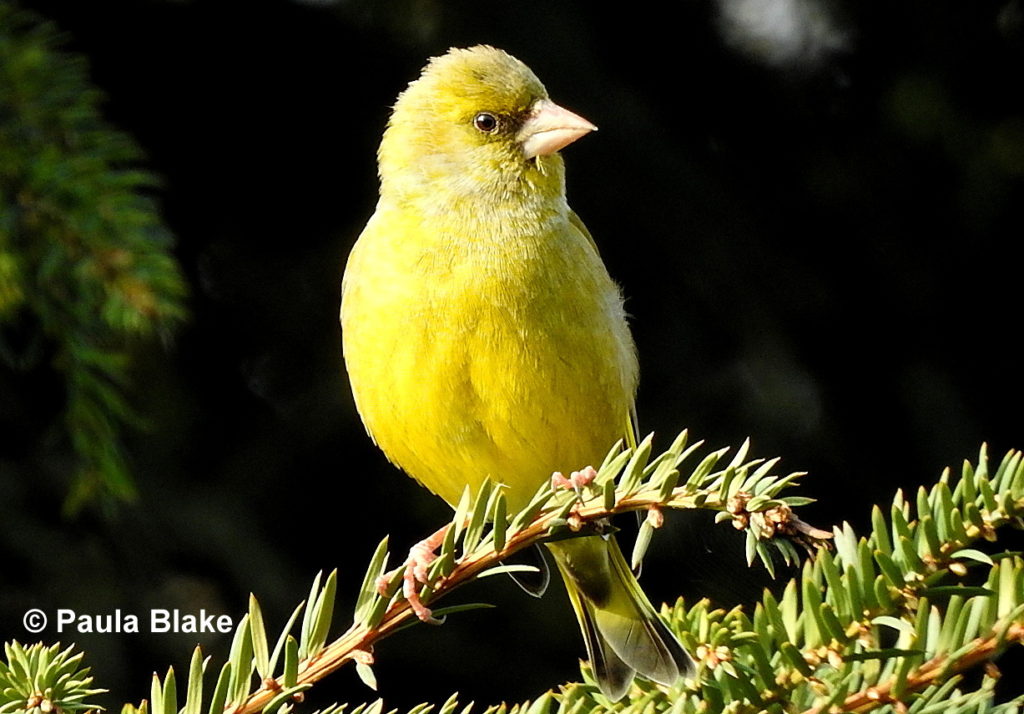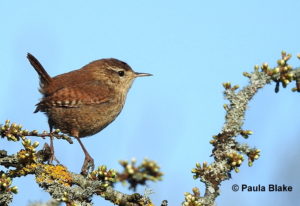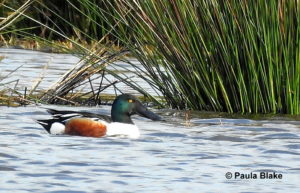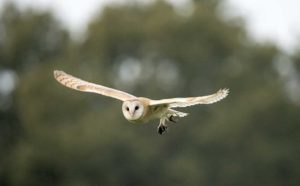First published May 2018
As recent joiners to the British Trust for Ornithology’s (BTO), national garden birds recording scheme, we receive their quarterly bulletins and the latest spring edition had some particularly interesting articles and information. This survey requires participants to submit weekly records of the birds in their gardens (actually in it, not flying over!) and has been going since the 1970’s, peaking with over 1500 people taking part across the UK, making it one of the biggest citizen science projects in the UK.
One of the articles in the current edition highlighted the problems of increased risk of diseases posed by garden bird feeders and indeed it was the garden survey that first drew attention to the fall in greenfinch numbers and the rise in Trichomonosis, a disease that particularly, though not exclusively, affects this species. Every issue publishes the results of each the quarters and this one looked at the October to December records for 2017. The results reflect the short-term factors that might affect a particular quarter such as unusual weather, the success or otherwise of breeding or a shortage or glut of natural food. These results picked up on the hawfinch invasion of last Autumn as over 3% of gardens recorded this species in their garden, ten times more than the usual count.
However, the article that really caught my eye was summary of a newly published book, The Birds at My Table: Why We Feed Wild Birds and Why it Matters by Darryl Jones. A study revealed that we provide 60,000 tonnes of bird seed annually, enough to feed the actual population of blue tits alone, 5 times over! Feeding birds in our gardens has grown enormously over the last 30 years and the variety of food we put out is now is very varied. Also, views have changed about feeding birds all the year round, as initially it was thought not to feed in the summer, but consensus is now that this is okay. Personally, I don’t put food out in the summer, preferring that adult birds should still provide their chicks with natural food. When it comes to the winter though, I like to put out a lot of food, believing like nearly everyone else, that natural foods are scarce and becoming scarcer, they simply need the food we put out to survive the colder months.
The author challenges this idea though. He cites that evidence shows that for most individual birds, the feeder food they consume is actually a very small part of their diet and that, except in extreme conditions, they don’t need the food we provide, they will simply go elsewhere. They are wild creatures that choose to visit our feeders on their own terms, perhaps because it just the easier way of finding dinner.
Without reading the whole book, I don’t yet know the evidence he uses to support this proposition, it’s encouraging me to go out and buy it though. It certainly challenges my ideas that that feeding birds, particularly in winter, that we are all helping millions of birds to survive this season. I certainly need convincing otherwise and would like to know if a model has been looked at to predict what would happen to our birds should all our garden feeding was to cease.
In the meantime, I and hopefully you, will carry on feeding the birds until ensuring that they have a greater chance of surviving the harsh realities of living in an increasingly hostile environment.
Mike Russell




